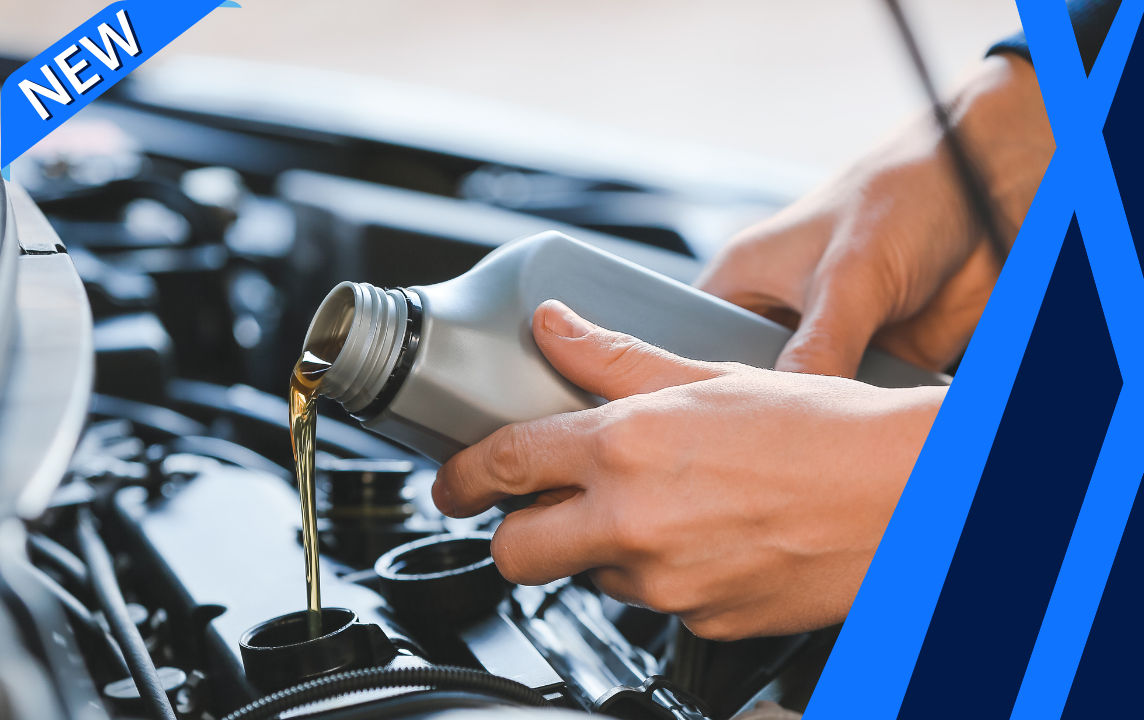Description
Brake Pedal vibrates or shakes inspection
Primary brake system components and issues:
Brake rotors or drums:
Depending on your vehicle, and whether you’re looking at the front or rear brakes, you’ll have either brake rotors or brake drums. The rotors and drums are attached to the wheel, and when you depress the brake pedal, the brake pads put pressure on the rotors and drums, which slows down the wheel. Over time the rotors and drums can become warped, especially if they’ve been exposed to lots of heat. This creates a wobbly effect when the pads come into contact with the rotors or drums: the pads will only come into contact with part of the rotor, which makes for a sporadic and pulsating effect.
Brake pads:
Your car relies on flush contact between the rotors or drums and the pads for a smooth braking experience. Just as warped rotors and drums prevent this, warped pads do, too. If a brake pad is warped, it will make inconsistent contact with the brakes when you apply the pedal, and the braking will not be constant. Brake pads can also accumulate dirt, debris, and rust, which can result in shaky braking.
Wheel bearings and lug nuts:
Wheel bearings and lug nuts serve to make your car’s wheels a tight and smooth-running operation. They help the wheel, tire, and hub work in unison for consistently smooth driving. When the bearings or lug nuts are loose, the wheels become wobbly. You may not notice this while you’re driving, as the momentum will help the wheels move smoothly, but as soon as you brake, the wheels will begin to wobble and the whole car will shake.
Tyres:
Having your wheels aligned is an important part of vehicle maintenance. When a car leaves the factory, it is perfectly aligned: each wheel is at the exact right angle so that all four wheels share the work of the road, and help the car drive straight. Over time – especially if you’ve had damage to the suspension of your car – your wheels will fall out of alignment. The tyres may angle in or out, and they may be uneven. Just like with bearings and lug nuts, you may not notice this lack of alignment when you’re accelerating or moving at a constant speed, but it will result in uneven braking and premature tyre wear.
What to expect:
A top-rated mobile mechanic will come to your home or office to determine the source and cause of the braking issue, and will then provide a detailed inspection report that includes the scope and cost of the necessary repairs.
How it’s done:
The mechanic will take off the wheels and inspect your brakes. Usually, there are visual signs on the pads, drums, or rotors that will allow a mechanic to quickly tell what is acting up. If it’s neither of those parts, they’ll check the wheel alignments and the suspension for loose ball joints or tie rod ends.
How important is this service?
Book a mechanic for an inspection as soon as you notice your brake pedal shaking or vibrating. Usually, your vehicle is still safe to drive, but it’s important to correct the braking issue before it gets any worse.




